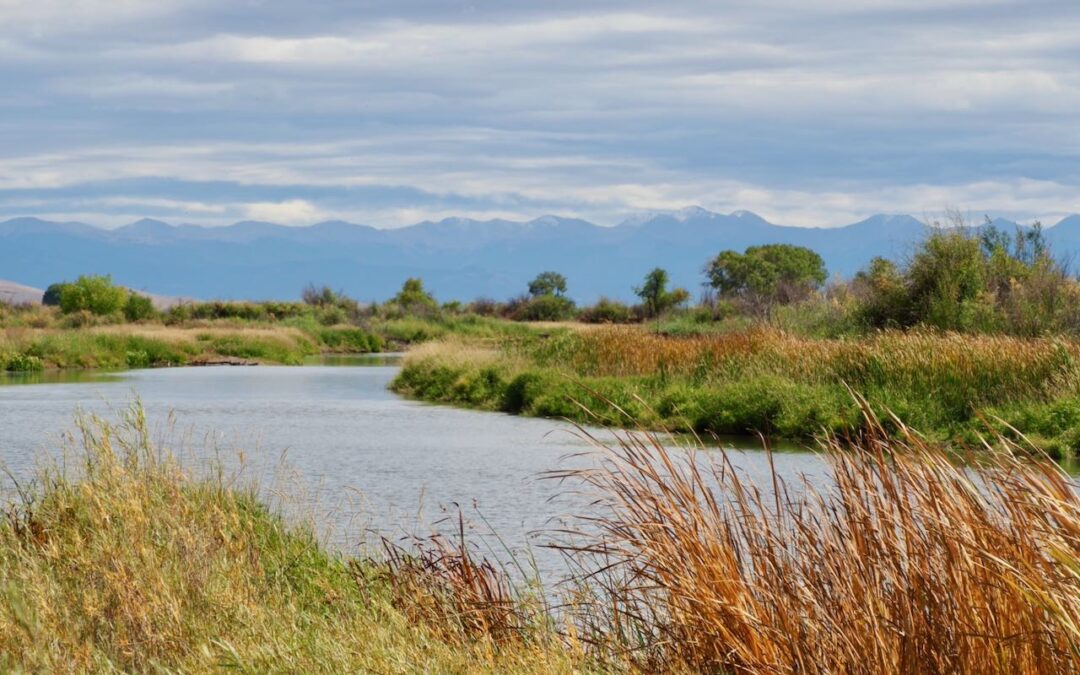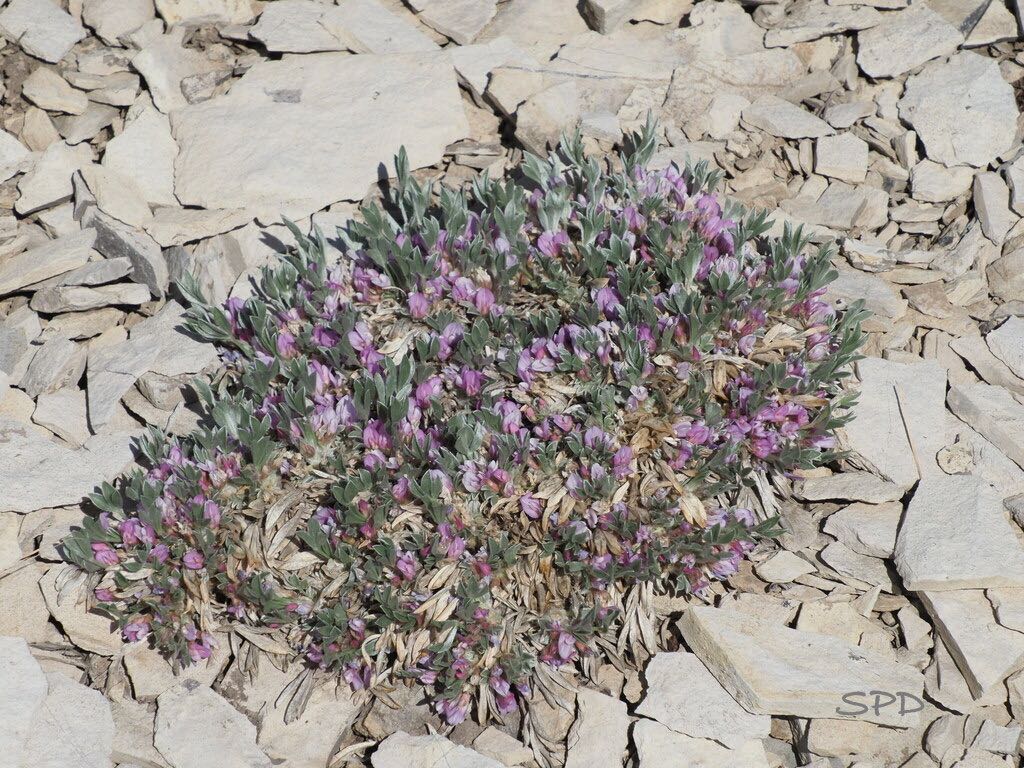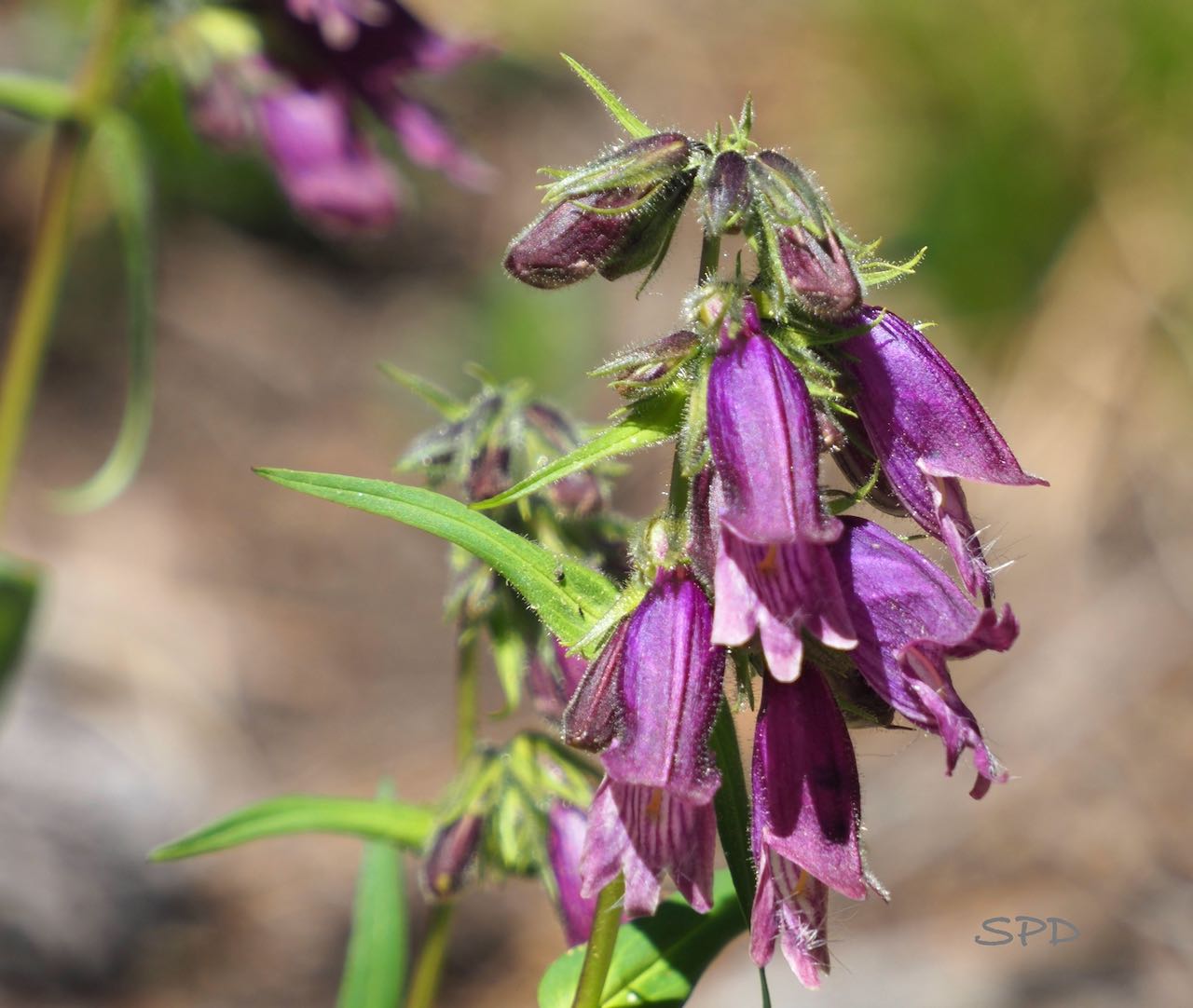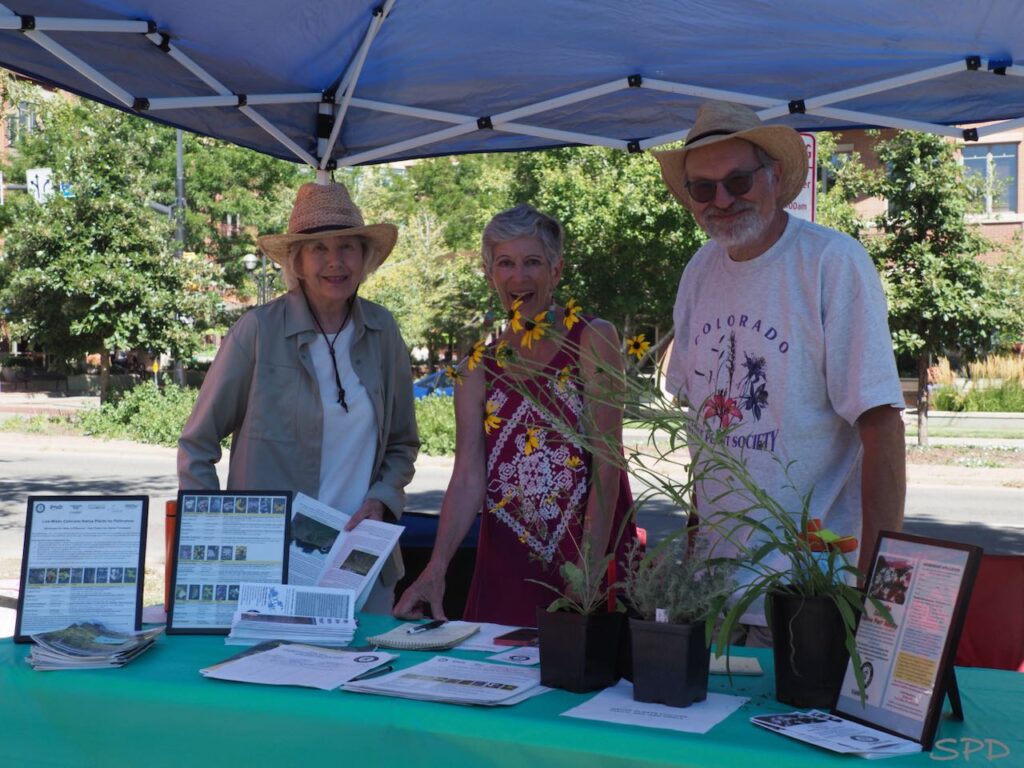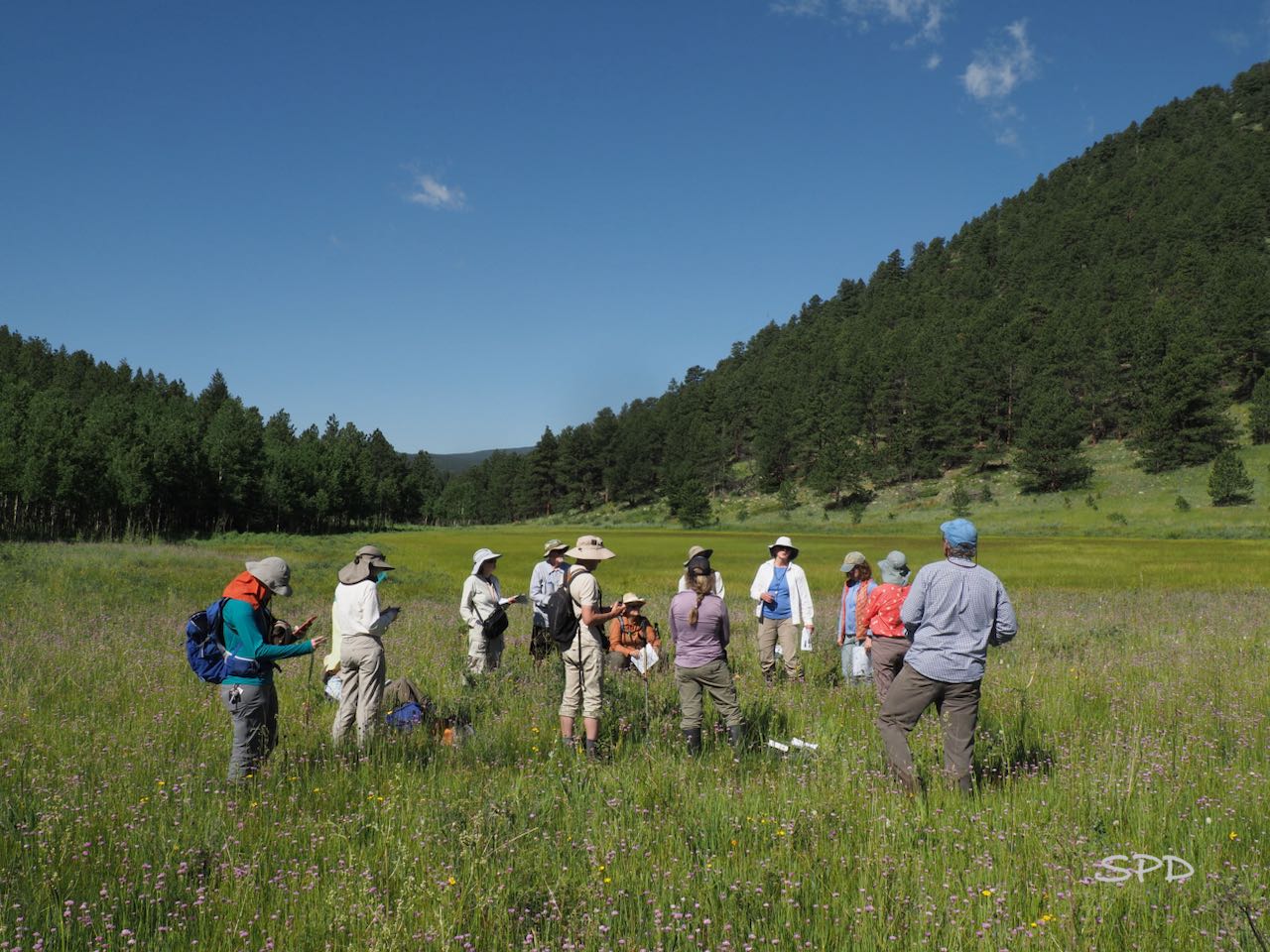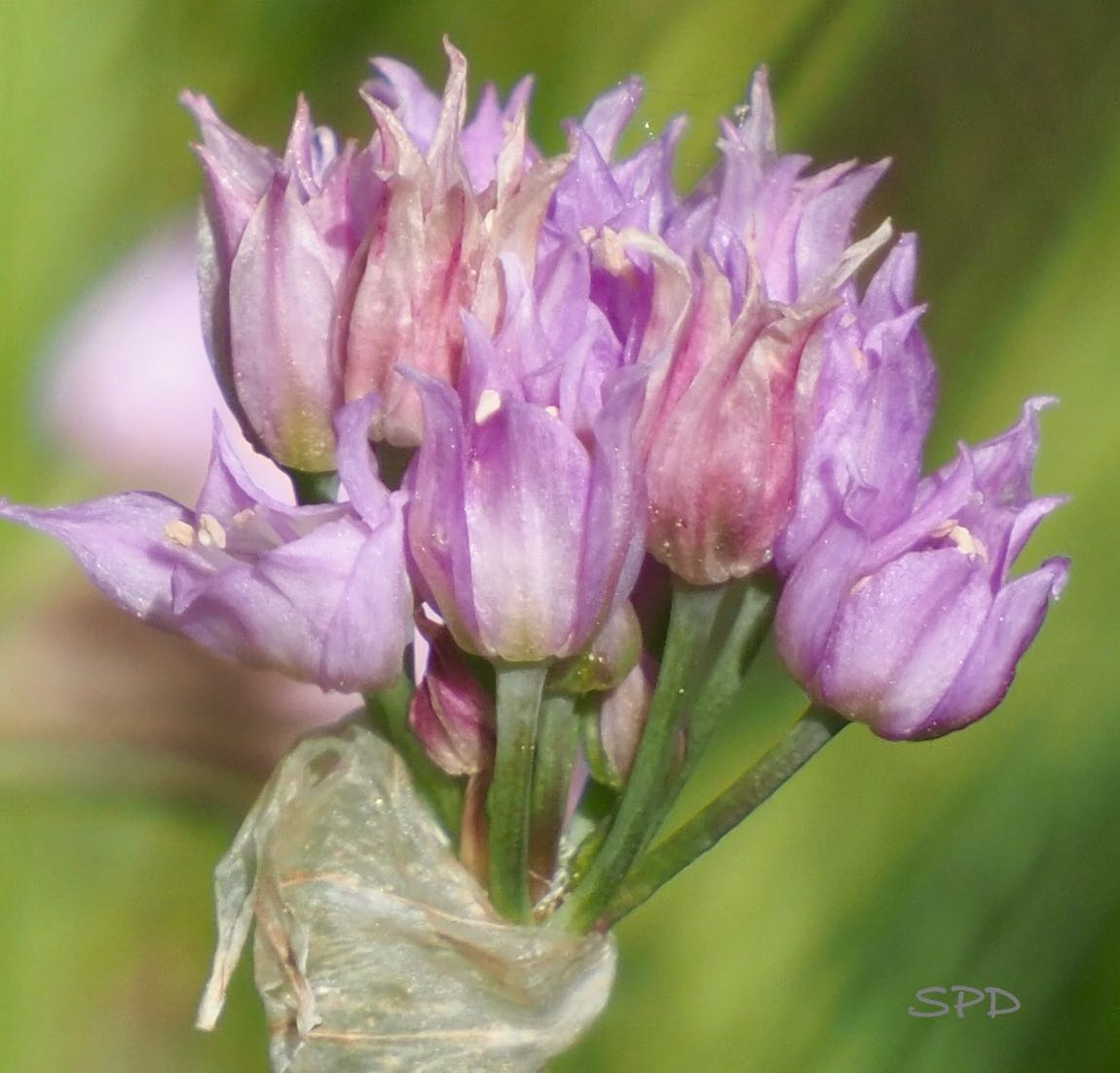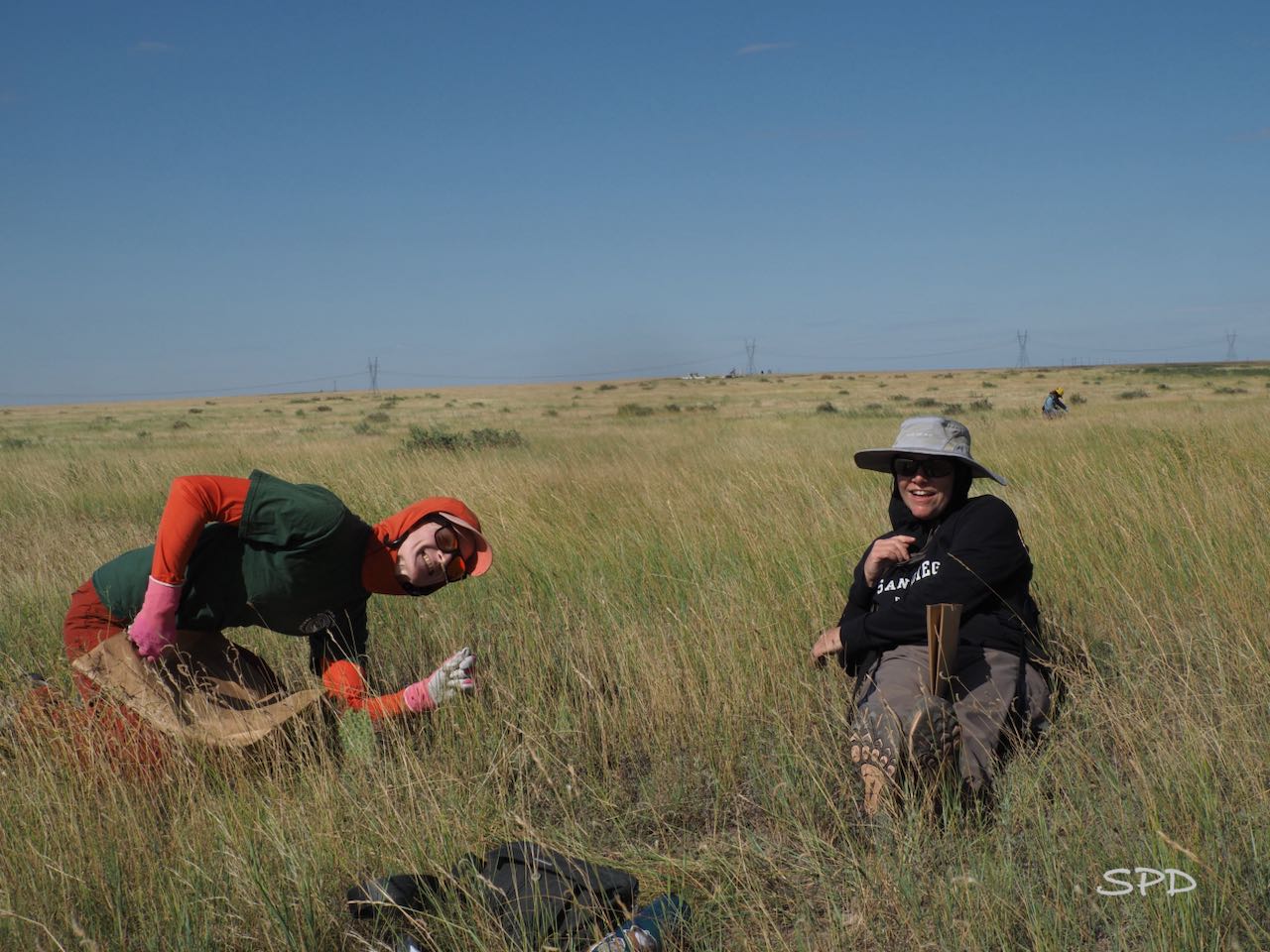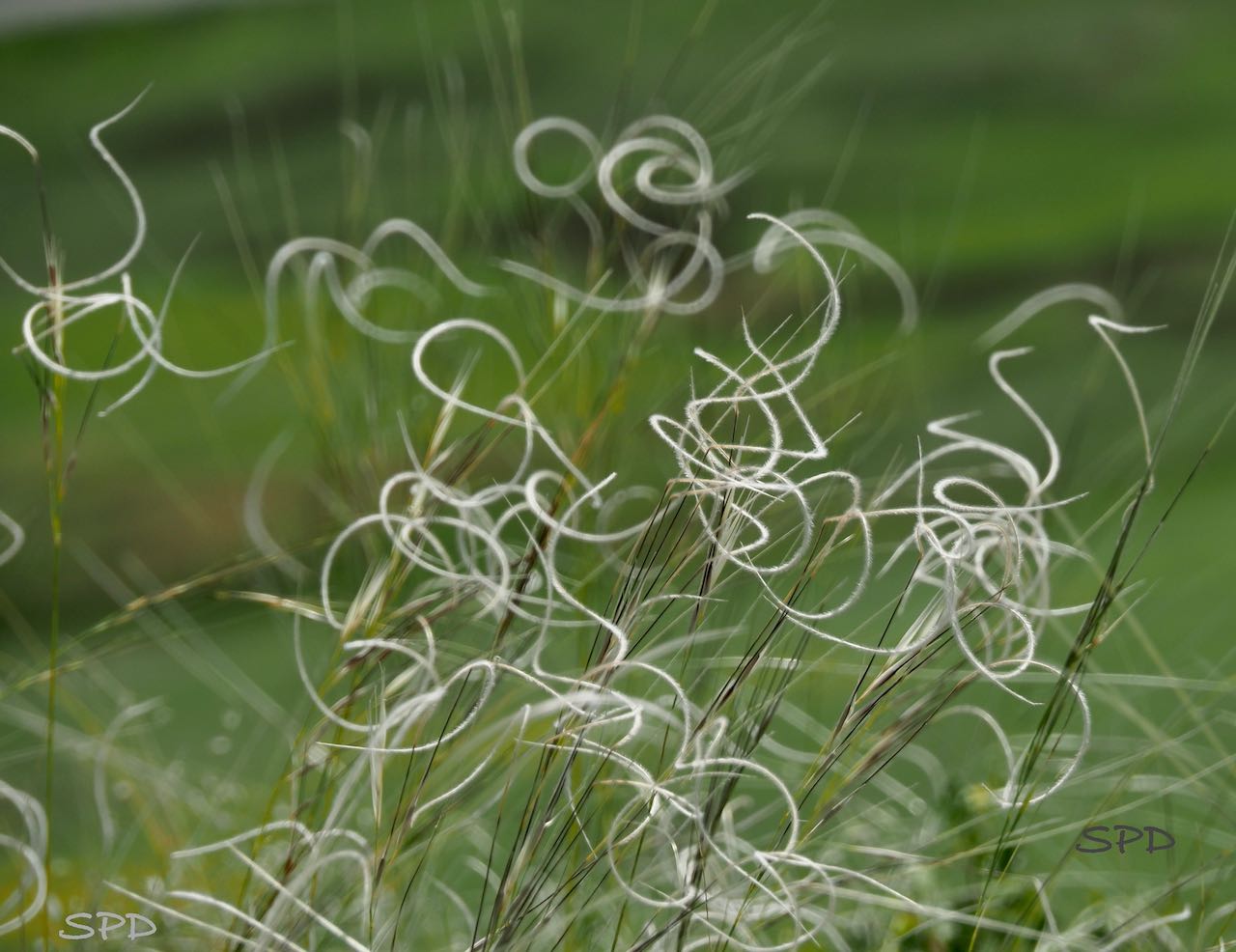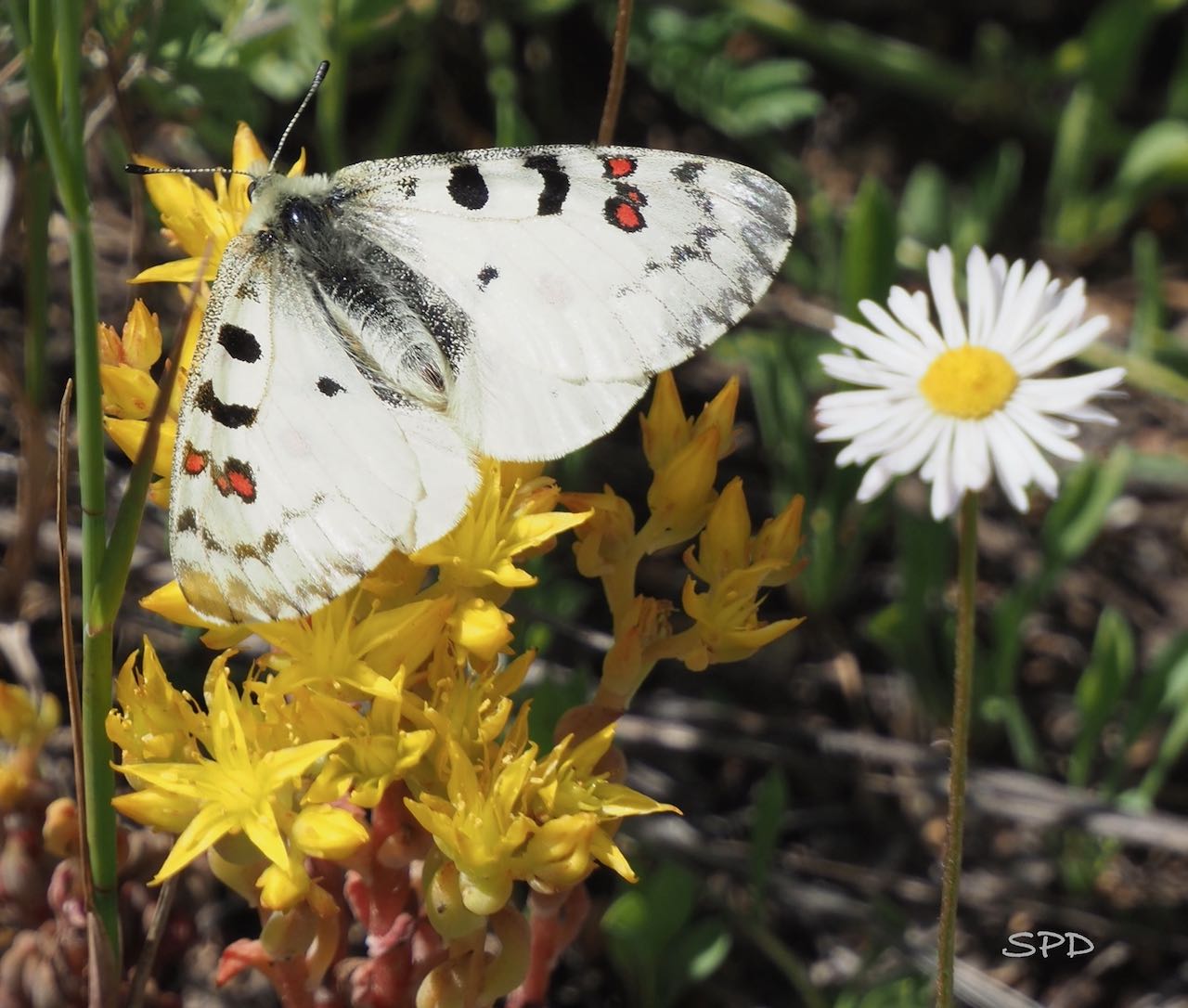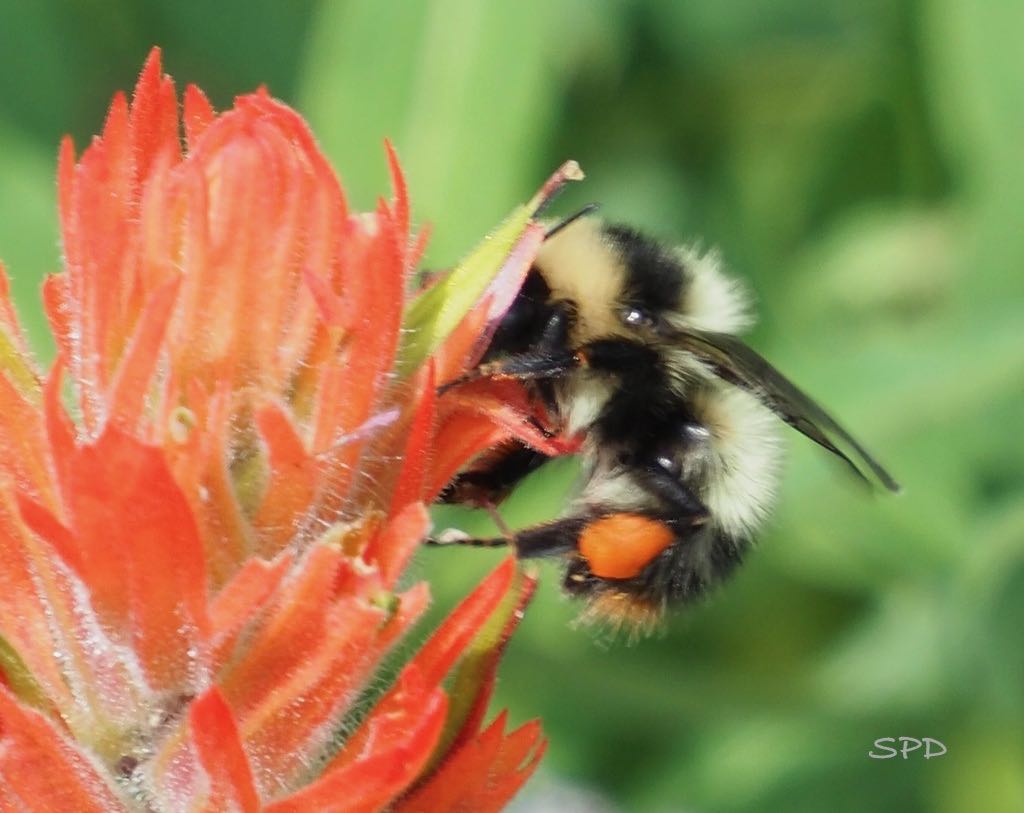The year 2023 did not always carry good news, but one star always shone brightly for me, and that was the activity of the Colorado Native Plant Society. Throughout our beautiful state there were opportunities to hike, to learn, to write, to gather seeds, and to help others understand the reasons we are all striving in our own ways to support our mission of furthering the knowledge, appreciation, and conservation of native plants and habitats of Colorado through education and advocacy. What could possibly be a more fulfilling or rewarding endeavor?
Getting up close and personal with fascinating plants has to be high on the list of most-loved activities by members of CoNPS, whether they are beginners or experienced botanists. Each time I went out I learned something new and unexpected. And each thing I learned was something I could share with others. As habitat slips away, I take every opportunity to point out the beauty of our native plants and the incredible adaptations they have made, along with their vital contributions to the habitats of Colorado.
Without CoNPS guides how would we ever find this shale-loving, early-spring bloomer, Foothill milkvetch, Astragalus tridactylicus?
Foothill milkvetch, Astragalus tridactylicus
And how would we ever be able to figure out which Astragalus it was?
What in the world? Up on Shrine Ridge – have I discovered a new species?
Oh! It’s Whipple’s penstemon! The indescribably lovely Penstemon whippleanus, found blooming nearby in a spot that got more sun. We learn (yet again) that plants like to disguise themselves as they grow and see if they can trick you. Yes. Frequently they can.
CoNPs and all of its chapters put on literally hundreds of public events in 2023. For the first time in Boulder, the local chapter partnered with Open Space Mountain Parks and had a booth at the popular Farmer’s Market. Picured below, on the second shift, were Jennifer Favell, Jan Lace, and Paul Alaback. Thanks to fellow blogger, Paul Alaback, who went to great lengths to get all the materials, including a mini native garden for visitors to see, touch, and smell. We were never without visitors, and they were asking great questions. They wanted to know about plants under solar panels, in gardens, out on trails, why their blue columbine had reverted to white (Paul’s answer, “It was likely a cultivar and not a straight native.”), and how to join the Colorado Native Plant Society.
CoNPS member, Gwen Kittel, leads a serious dive into bog plants. Participants used loupes and keys to discern differences between Carex species.
On the right, Executive Director, Maggie Gaddis, our fearless leader, gets down and dirty collecting seed at Pawnee Buttes. Maggie has initiated a partnership for CoNPS with the Rocky Mountain Native Plant Materials. Seed collection is obviously fun!
New Mexico feathergrass, Hesteropstipa newmexicana. Native to CO. Grasses are vitally important to wildlife for soil health, erosion prevention, carbon dioxide storage – and more!
We all know we can get people’s attention with pollinator stories. The crucial relationship between pollinators and native plants is a key building block in helping people make wider connections between plants and healthy ecosystems. As their understanding grows, people begin to appreciate the finely tuned complexity of the relationships among the living beings on this planet we share.
Rocky Mountain Parnassian, Parnassius Smintheus, feeding on spearleaf stonecrop, Sedum lanceolatum. This native is also the host plant for the butterfly, and a fire-wise choice for using in landscaping near houses.
Frigid bee, Bombus frigida, a Colorado native bee feeding on wholeleaf paintbrush, Castilleja integra. Native bees and native plants – they need each other to meet exact needs for timing and nutrition.
So thank you, CoNPS, for a year filled with the joy of discovery, in the field, on our website, and in our fabulous quarterly magine, Aquilegia. With all the dismaying news about habitat loss and species extinction, CoNPS has provided a multitude of avenues for positive action which have in turn given me opportunities for the joy of giving. Thanks to our officers, our chapter leaders, our committee chairs, and every one of our members for all the efforts, great and small, that make up our contribution to the great state of Colorado. Good tidings of the season to all, and hope to see you in the field next year!
Note: Featured photo at top shows the Rio Grande River at the Alamosa National Wildlife Refuge, taken during this year’s Annual Conference. An event held in different places each year, not to be missed!
Sue Dingwell
Media Committee
Colorado Native Plant Society

